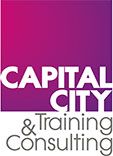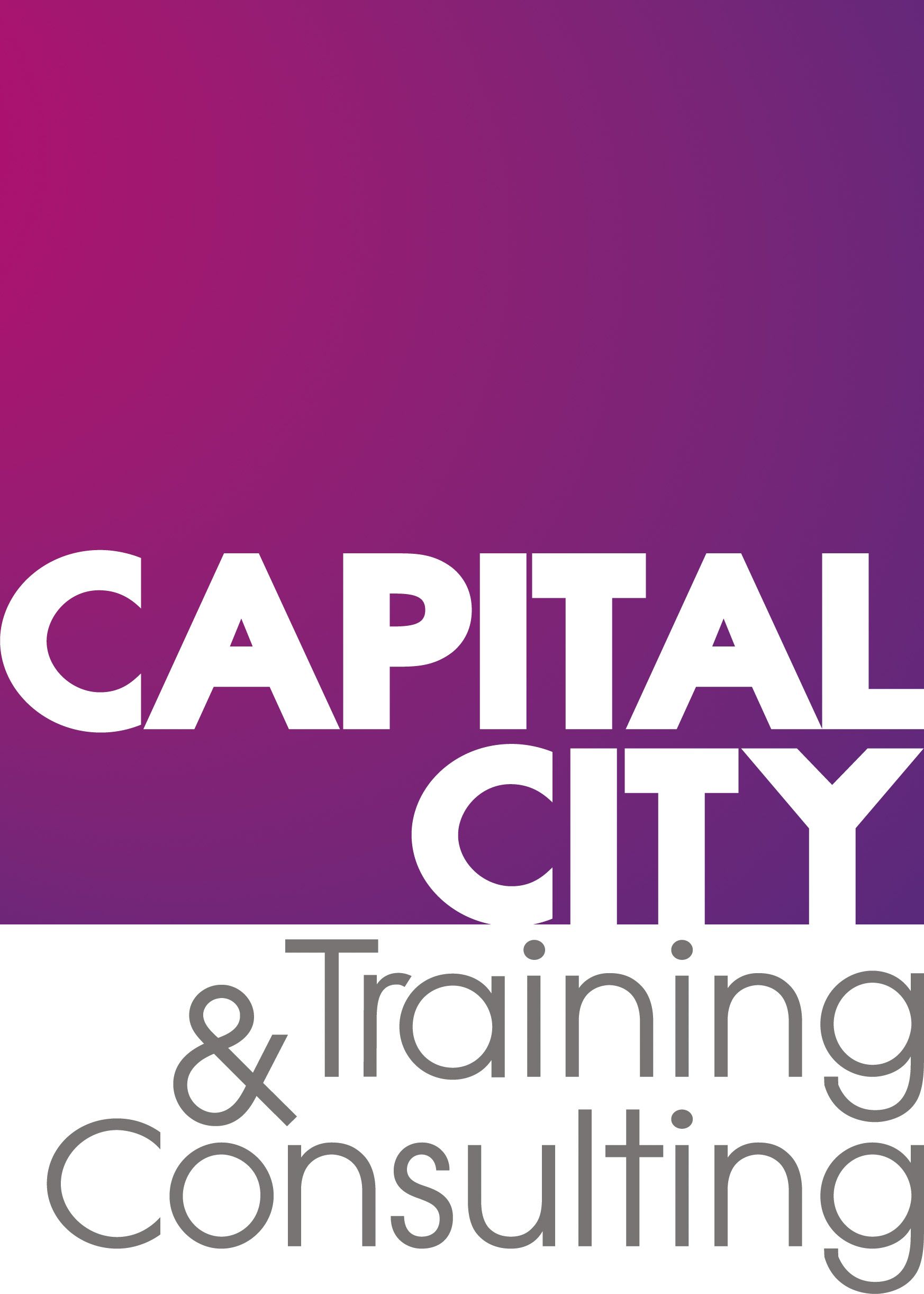Finance For Non-Financial Managers Course
£150

Complete
Exercises
Certificate
Welcome back
What to expect
Course Overview
Course
Overview
Our comprehensive Finance for Non-Finance Managers course cuts through financial jargon to provide business leaders the concepts and tools to evaluate performance and drive better decisions. Financial literacy is no longer just for finance teams - it's an essential skill for managers. This practical course focuses on translating financial statements and analysis into actionable insights. Through real-world cases and hands-on exercises, the self-paced online format allows busy professionals to boost their finance skills on their own time. Whether you're making investment choices or reviewing budget variances, this program will equip you to understand the numbers and take confident action. With over 6 hours of content and 30+ exercises, the program covers financial accounts, ratios, cash flows, capital budgeting, valuation, and more. A completed case study ties together the key concepts.

“I was previously unsure of all the financial jargon and concepts, now I feel I have taken steps towards getting the big picture of finance. I really liked the Excel web integration!”
Rachel Crawford
Course
Highlights
-
Introduction to Key Financial Statements and Reports
-
Profitability, Efficiency, and Credit Health Metrics
-
Return on Capital and Cash Flow Analysis
-
Time Value of Money and Investment Appraisal
-
Budgeting, Cost Behaviour, and Decision Making
-
Business Valuation Methods and Value Creation
-
Certificate Upon Successful Course Completion
Our clients
We are trusted by some of the
biggest names in the Industry:
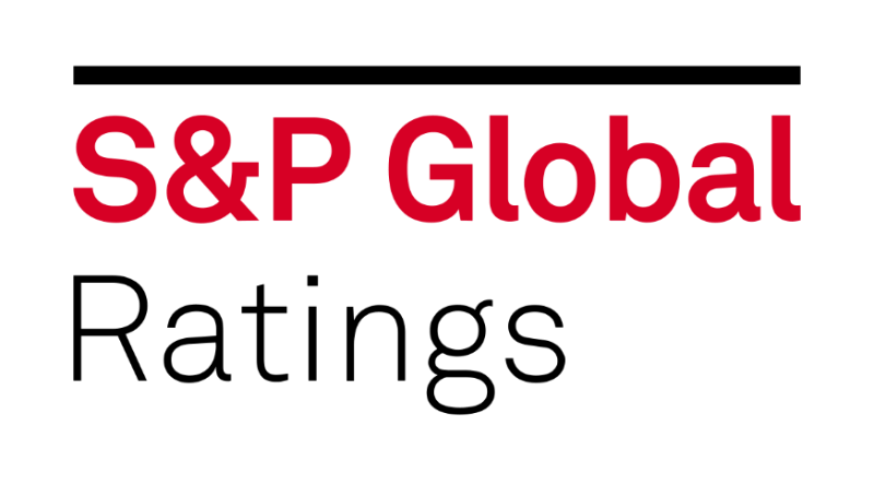

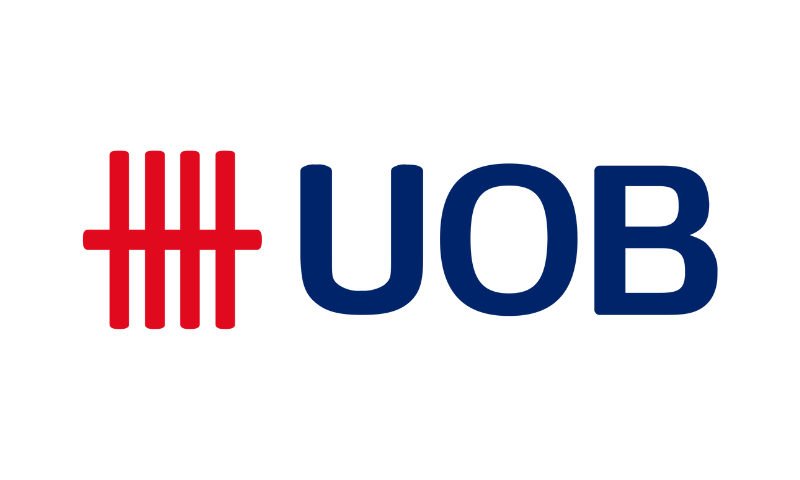


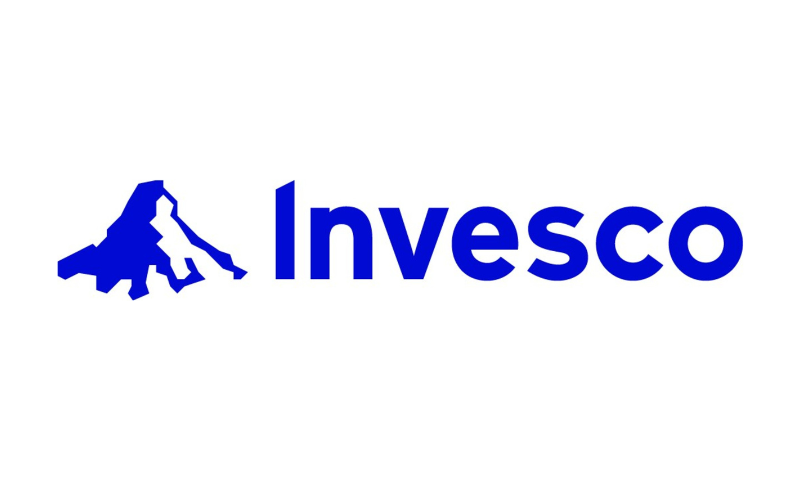
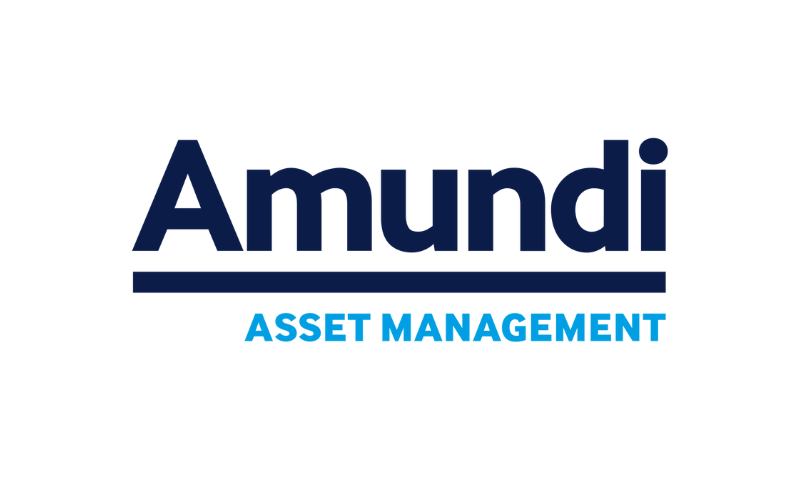
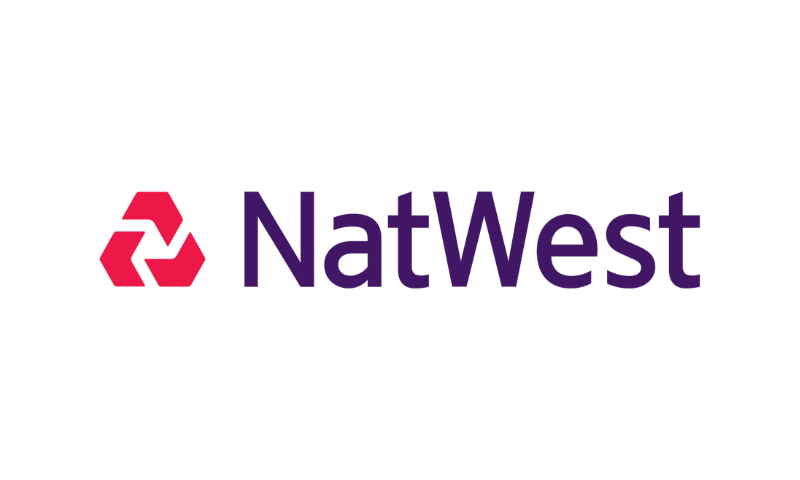
Over 10,000 participants trained
Over 100 years of collective training experience
All courses are accredited with either CISI or IFD
YOUR TAILORED LEARNING JOURNEY
What
You'll Learn

Meet Your
Expert Instructors

Mark Woolhouse

Course Conveyer
Greg Mayes
Feedback from
our students
Learnt new skills
Interesting courses
Easy to understand
Frequently Asked
Questions

